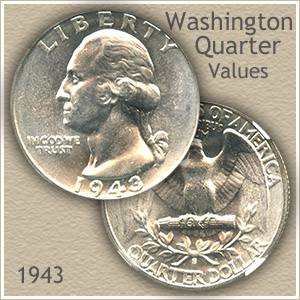U.T. writes: I found a 1943 nickel and it has an “S” on the back above the building. What significance is this? Is it worth much?
1943 Nickel Value Coin Values

From 1942 to 1945 nickel was in dire need by the U.S. military for munitions. Silver was temporarily substituted for this important metal. To signify the change of alloy, the Mint placed a large mint mark above Monticello on the reverse of the Jefferson Nickel. The “S” means the coin was minted at the San Francisco Mint. You will also find two other mint marks on these nickels. “P”, for the Philadelphia Mint and “D” for the Denver Mint.

1943 Nickel Value P


The coins always bring a premium depending on condition from about silver value (.05626 oz. pure silver) to hundreds of dollars for the famous 1943/2 Philadelphia overdate, or the 1945 Philadelphia double die reverse.
Value of a 1943 Steel Penny They are worth about 10 to 13 cents each in circulated condition, and as much as 50 cents or more if uncirculated. The following table lists the buy price (what you can expect to pay to a dealer to purchase the coin) and sell value (what you can expect a dealer to pay you if you sell the coin). You will also find two other mint marks on these nickels. “P”, for the Philadelphia Mint and “D” for the Denver Mint. The coins always bring a premium depending on condition from about silver value (.05626 oz. Pure silver) to hundreds of dollars for the famous 1943/2 Philadelphia overdate, or the 1945 Philadelphia double die reverse. In the mid-1950s Francis LeRoy Henning of Erial, New Jersey minted what is now known as the “Henning” Nickel. He made counterfeit nickels dated 1939, 1944, 1946, 1947 and 1953. The 1944 nickels were quickly spotted since Henning neglected to add the large Mint Mark. Counterfeit 1944, 5.40 grams.